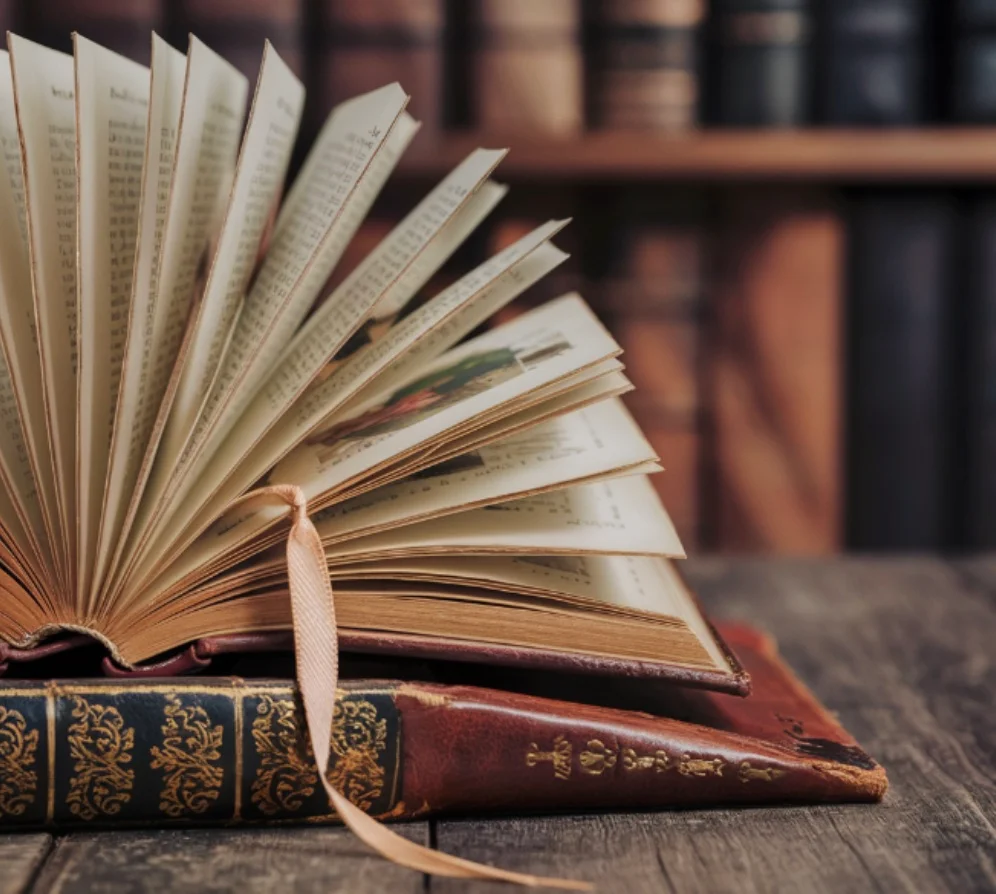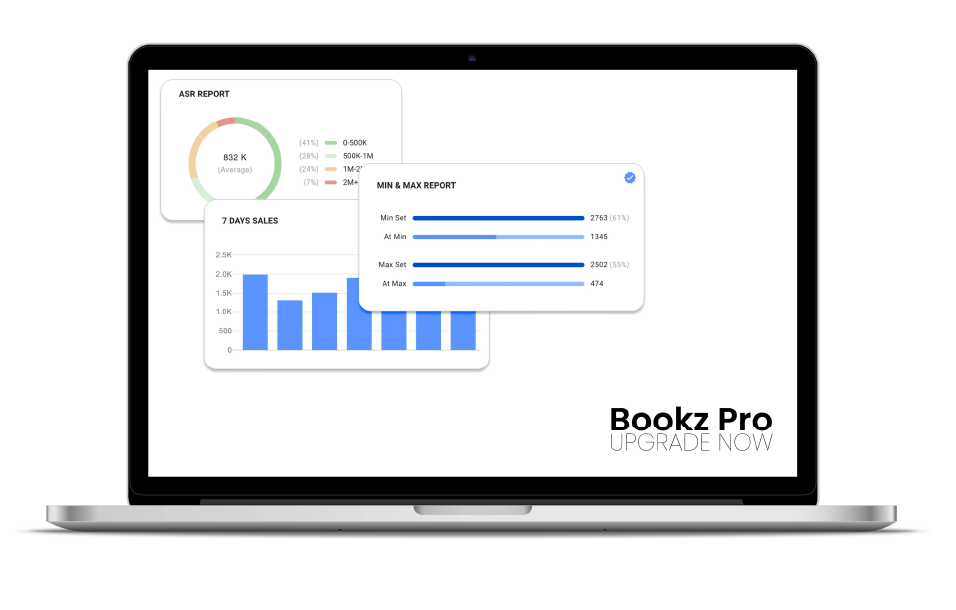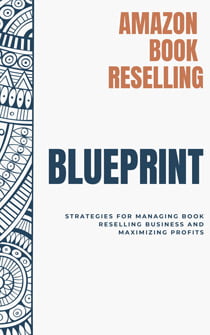Tips On How To Tell If A Book Is A First Edition

Introduction
Discovering the first edition of a book is like doing a treasure hunt. Yes, it’s fun, but sometimes it’s a real headache! As a bookseller, I spend countless hours wishing to dig out the ones collectors dream about. Indeed, it is a constant challenge to find the most sought-after titles.
How do you know when you see a first edition? It’s not always as simple as looking for a fancy label on the cover. There are key factors to look for.
This article focuses on first-edition books. At the end of this discussion, we will provide tips on quickly determining whether a book is a first edition.
What Are First Editions?
You’ve probably heard the term “first edition” thrown around, especially if you’re into books or collecting stuff. But what does it mean? Let’s break it down.
First Editions
A first edition refers to the initial printing of a book and includes all copies made from the same typeset. Let’s put it this way: Imagine that a brand-new book has just been released. The first edition is the first set of books printed and sent to stores.
How can I tell if the book is a First Edition?
Determining whether a book is a first edition is tricky, but several things must be considered. Here are some key factors to consider:
- Rare: Most of the time, a first edition is produced in relatively limited quantities. Many copies are damaged, while others are lost, making them even more challenging to find.
- Collector Interest: Well-known books are in higher demand, especially if they are debuts or significant works.
- Condition: The better condition of the book, the more valuable it is. A clean, well-preserved copy with no marks, stains, or worn edges is worth far more than a heavily used one.
First Edition and The Second Printing
First Editions of books and their second printings can be confusing to many readers. This umbrella term refers to all the printed content since its initial typesetting.
Publishers may print additional copies if a book is popular and sells fast. These extra copies are considered part of the first edition, even if minor changes have been made to account for differences in paper quality or corrections. For example, if a popular novel sells rapidly, the publisher might print second printings but still consider them to be part of his initial run, and the main content stays the same.
Limited Editions
Usually, Limited editions consist of only a few copies and are sold for a limited time. Those with an author’s signature are the most precious because they draw collectors’ attention.
First Trade Edition
A first trade edition is the first public opening of a book. This edition is the one you would commonly find in bookstores. There may have been an earlier limited or special issue that preceded it. After the standard edition, the second edition is generally available.
First Edition and First State
There can be different states within that first edition. A first state is the very earliest version of a first edition, often printed before any corrections or updates are made. It allows the authors to see the original work before anyone tweaks it.
Finding a first edition in the first state is a rare and exciting discovery for collectors. These are often the most valuable as they capture the book in its purest form.
Collectible/Antiquarian Books
Antiquarian Books are old, valuable books valued for more than their content. They’re treasured for their age and rarity.
What makes a book “antiquarian”:
- Incunabula, books that were printed before 1501, are rare and highly valuable.
- A fewer of copies that still survive makes the book more valuable.
- The book is in perfect condition.
- A book owned by someone famous or significant makes the book more valuable.
- The first edition book is still in excellent condition.
Antiquarian books may look like any other book from the outside, it holds a rich story and historical value. The love of finding and preserving these rare treasures brings happiness to book lovers and collectors.
Antiquarian Leather-Bound Books
Leather-bound books generally fall into two categories: newer editions and older, vintage ones. Newer ones are often easier to find and buy and look nice. Older ones can be super valuable, especially if they’re made of fancy leather like calf or goat skin and have fancy decorations—the fancier the leather and decorations, the more expensive the book.
Modern antiquarian books
Modern antiquarian books are contemporary works that embody the spirit of antiquarianism. They focus on unique or significant printed materials that may not be very old but have valuable qualities. This kind of publication addresses history, culture, and archaeology, allowing readers to commune with the past. For example, the first edition of Harry Potter books these editions have become highly sought-after collectibles, especially those in excellent condition with original dust jackets.
Why It’s So Important to Have First Editions?
The first editions are the original versions of the book. It is the first time that the publisher has released and printed the title. First editions are much worth it, like a limited-edition collectible or a vinyl record.
A first-edition book is like having an actual piece of literary history. It is about experiencing the book closest to its first release. Certain first editions written by famous authors are highly sought after and valuable. How a particular title may be considered a first edition depends on its popularity, author, and general condition.
All in One Software
for Book Sellers
Scout Better – List Faster – Reprice Smarter
Over 30% Business Growth
Achieved by Our Clients

How to Identify First-Edition Books
For every book lover and reader, first editions are a big thing–they are always on the lookout for their release dates in bookstores or online marketplaces.
However, identifying if a book is a first edition can be tricky as the criteria vary among publishers. You must thoroughly check the book details before selling books on Amazon or eBay. How do you identify a first-edition book? You should look for the following key elements:
1. Publisher Information
Start by checking the publisher. Most will indicate a “First Edition” and “First Printing” on the copyright page. For example, if you have a copy of Pride and Prejudice by Penguin Books, look for these phrases.
2. Copyright Date
The Copyright dates illustrated when the book was first published or made available to the public. They are also authenticators of the book and indicate how long the copyright protection lasts. Checking those tiny details is essential to identify if you have found a first edition.
3. Edition Number
An Edition is a version of a book. Minor changes to any book remain in the same edition, but if there are significant changes, such as more new chapters, it becomes a new edition.
The difference between editions and printings can set a book’s value. Usually, the publisher mentions the term “first edition” on the copyright page. But first editions can be tricky: they don’t necessarily indicate the book is a first printing.
4. Print Run Number
A print run is a batch of books printed in one go. If a book is popular, the publisher may print multiple copies without changing the content. All these belong to the same edition but are different printings.
The copyright page usually contains the print run number. The print run number can be displayed in different formats.
- Ascending Order: 1 2 3 5 6 7 8
- Order in decreasing order: 10, 9, 8, 7,6, 5, 4, 3, 2
- Alternating Order: 1 3 5 8 6 4 2
The presence of “1”, regardless of the order, indicates that the book is a first edition or printing. The number line can sometimes consist of letters rather than numbers.
You can also learn about it using the letters below:
a b c d e f g h i j k
In this case, “a” is the first printing, and “b” is the second.
Note that some publishers still leave the words “First Edition,” even if the book has been printed later. In these cases, the numbering line will not display “1”.
As an example:
First edition
3 4 5 6 7 8 9 10
(Third printing)
This number line indicates a third edition, despite the statement “First Edition.” You can determine the true first edition of a book by carefully examining other factors such as publisher information, copyright dates, and edition statements.
How Much Does It Cost?
A book’s first edition can be surprisingly expensive, especially if it is rare, in high demand, or has become popular over the years. A limited print run often boosts its value even more.
Take The Great Gatsby, for example. The 1925 first edition by F. Scott Fitzgerald is not only culturally significant but also hard to find, which is why it can sell for tens or even hundreds of thousands of dollars.
Expensive And Most Searched First-Editions
Old books are often worth a lot, especially first editions. If you own an old edition of a popular book, you may be sitting on a valuable book. Find out which books are most searched for and could cost you more than you think.
- Harry Potter and the Philosopher’s Stone by J.K. Rowling – $55,000
- The Hobbit by J.R.R. Tolkien – $210,000
- Pride and Prejudice by Jane Austen – $180,159
- In Our Time by Ernest Hemingway – $321,600
- The Canterbury Tales by Geoffrey Chaucer – $11.2 million
Scout Best Books Using Bookzy Mobile!

Amazon Book Reselling Blueprint
Read now, explore our full guide. Your revolution starts here. Subscribe to get the blueprint!
There’s no doubt that finding first-edition and in-demand books is an intricate process. With the right tool, you can manage it efficiently. Bookzy Mobile can effortlessly scout books and can help you gain potential profits. It will give you insight into market data and show the best books to buy and sell.
Download it now and start building your book-selling business! Partner it with our free Amazon Book Reselling Blueprint. This blueprint contains a step-by-step guide on tips, tricks, and exclusive strategies to level up your business, even if you’re just starting.
Conclusion
Learning and identifying first-edition books isn’t something you master overnight. It involves time and close detail, including the date copyright, notes on the edition, print numbers, and more.
Most first editions carry higher prices because of their rarity and historical value. Over time, you will learn what makes a book valuable, and with enough learning and studying, you may even uncover a few collectibles to grow a profitable collection.
Frequently Asked Questions
There are a few ways to help you identify a first-edition book. Start by checking the copyright page; if only one year is listed, it’s probably a first edition. The dust jacket can also offer clues; early printings usually still show the original price. If you’re still unsure, a bibliographer or rare book expert can help to confirm it.
The edition number is usually found on the copyright page. Look for phrases like “First Edition” and “First Printing.”Some books use a number line, and if you see a “1.” in the line, that’s typically the first printing
Not all first editions are valuable. A book’s value depends on factors like the author’s reputation, the book’s condition, its rarity, and whether there’s a strong demand for it. Some first editions may not be worth much at all.
The book’s popularity, author, condition, and rarity significantly determine its worth. Some first editions may have little market demand.
A first edition refers to the first version of a book ever published. Within that edition, the first printing is the very first batch of copies made. All first printing is part of the first edition, but later printings can also be considered first edition if no significant changes are made.
First editions often command high prices due to their limited supply, the author’s fame, cultural importance, and condition. These factors can increase in value over time.
The most essential aspects of a First-edition book are rarity, demand, condition, and historical or cultural importance. Books that are hard to find, in great shape, and meaningful in literary history usually hold the highest value.



